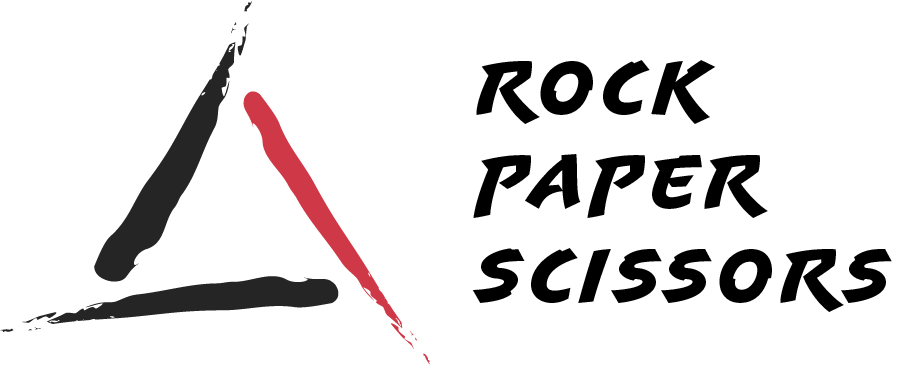“You can build a sustainable business by applying real-life business lessons with discipline.”
One of the best ways to prevent business pitfalls are by learning from others example. These are 4 business lessons we have gathered for the last 8 years. Each business will face different challenges depends on its market, environment, and founder's type. However, almost all business struggles in four things: cashflow, producing product/services want to pay, selling their product, and balancing it all together.
Producing Product/Services People Want to Pay
The very first thing business need to do is to create a product/services people are willing to pay. This means knowing your customers well. You need to be able to build a product/service based on the market demand or what the customers need. The trick is don’t be married to your ideas, but rather be a scientist.
A scientist knows how to not getting attached to an idea and keep changing the formula according to the data. So it means you can feel excited about your ideas, but don’t be afraid to change them if customer data show them to not be as strong as first thought. Your focus is to make customers buying your product, so you should care a lot about them. You can give them a survey or talk to your customers if you must. Just remember that you have to always be objective and look at your product in terms of value-flow.
Selling Your Product/Services
Second, you need to do some serious work on selling your product/services. Most people wait for the customer to come to them. This is not sustainable. You need to come to your customers, communicate the value of your product or service to them, lead them through the buying decision, and facilitate a satisfying transaction. Those are efforts you need to give in selling your product/services, but these need to be armed with proper preparations.
Before you make any advertisement for selling the product/services, make sure you know it well enough. You can try to imagine every question the potential customers might ask, arm yourself with answers, and linking each product fact to a customer benefit. Then make an appealing offer that your customers will be attracted to. The next thing to do is to give the offer to the targeted customers and this may need research, as well as meeting with associates to get more information about the right customers.
Cashflow
Maintaining the two spectrums of a cashflow: money in (revenue) and money out (expenses). Then you also have to manage your debt on both sides. According to research by WePay, four in ten businesses surveyed had faced cash-flow challenges in the previous year. Most business owners said the financial and emotional impacts were severely consequential for their businesses. So it means to manage the cash flow requires discipline.
For example, you can save more by looking at your expense, which is adding up monthly expenses and multiply by six for a good savings target. If this way feels hard for you, at least start with three times operating expenses. The most important thing is to save as much as you can. You can also try to consult with an accountant to determine the appropriate amount per month. Then look at the customers; focus on collections by rewarding customers who pay on time and penalizing those who don't.
Balancing It All Together
The hardest part is to balance it all together. Business is a part of art and a part of science. You need to balance it all constantly in the face of changes. For example, managing the cash flow doesn’t mean you have to put little money into advertising. Advertising is a part that will determine how great your sales will be and the growth of your business.
So balancing it all together can mean keep spending on growth. By allocating enough money on advertising because a continued or additional focus on marketing can help close sales. It will also generate new leads to get the needed cash flowing in. This balance can also be achieved by allocating enough money in designing better product/services. After all, the four things we have mentioned above are connected to each other.
Conclusion
Business needs to balance these four things in order to survive. Each is a lesson we have learned for the last 8 years. These four things need to be maintained with a high level of determination and discipline. The process of building a sustainable business is a continuous one. As long as you’re constantly to try to hold the balance, doesn’t matter how long it can take.
Rock Paper Scissors is the missing link between business and technical world. We translates business language into technical, and technical limitation into business constraints. We guide organization and individuals alike to create their own digital product and navigates all the complexity of product creation process. Find out more.
References
https://www.under30ceo.com/10-principles-for-creating-a-product-people-actually-want-to-buy/
https://www.dummies.com/business/sales/how-to-effectively-sell-your-product-or-service/
